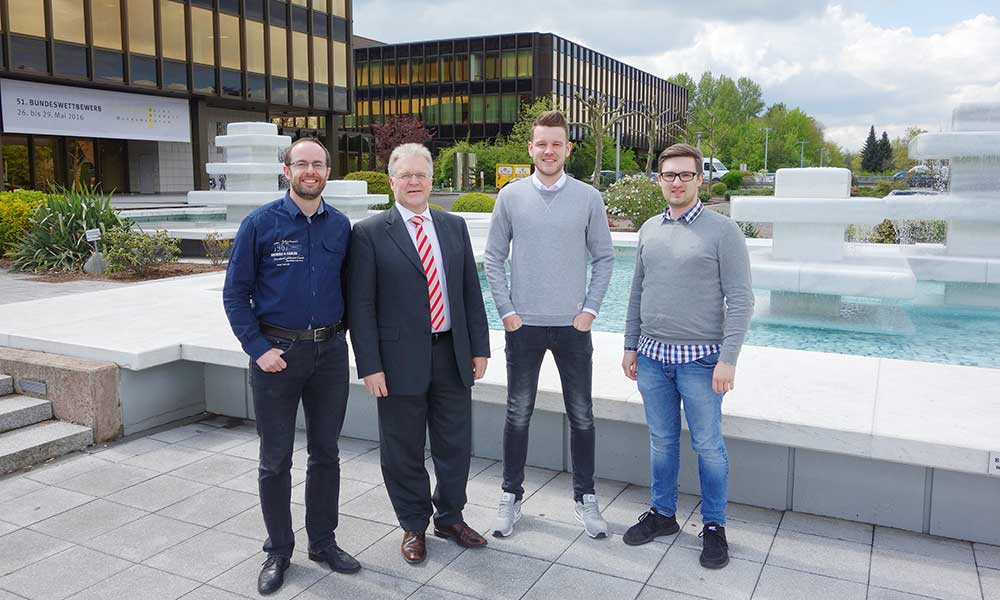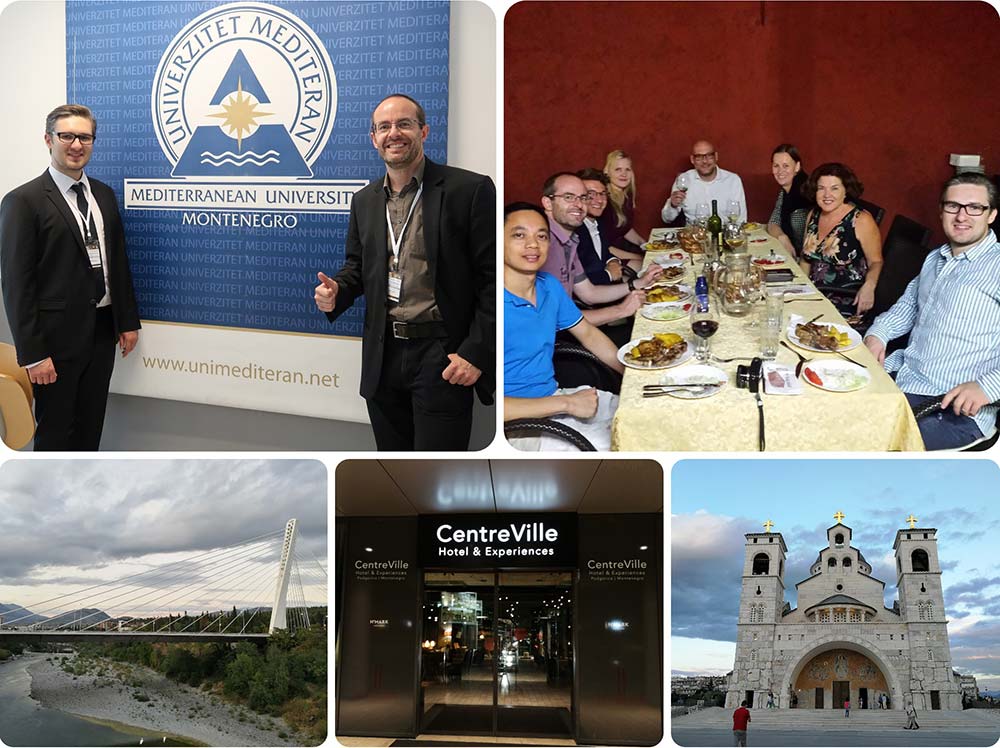AREXU
- AREXU
- 01.02.2016 - 31.07.2019
- European Union, State of North Rhine-Westphalia
- European Regional Development Fund (ERDF) 2014 - 2020, lead market competition “EnergieUmweltwirtschaft.NRW”
- 750,000€, of which 10% own contribution
- Prof. Dr. Christiane Ewering
- Marius Lüther, Ralf Siebert, Dr. Svetlana Torgasin, Florian Wortmann
- ARI-Armaturen Albert Richter GmbH & Co KG (cooperation agreement), G.I.B. Gesellschaft für innovative Beschäftigungsförderung mbH (letter of intent), AIKA Consulting GmbH (subcontract)
Combining low-cost electricity with working time models
AREXU project: Working time models, exchange prices (Energy EXchange) and process control in companies
The project is based on the following model: energy prices are a key cost driver in the production process. The energy is purchased on the electricity exchange and the processes are carried out at times when energy prices are low. This model is not new and is a good solution for simple processes without personnel requirements (e.g. deep-freeze storage). The EGG project project shows that potential savings can also be realized in complex process networks. The working time models were not taken into account. This means that the results can only be implemented with restrictions for an industrial company.
The FHDW therefore launched a follow-up project. Its name “AREXU” stands for the topics of working time models, exchange prices (Energy EXchange) and process control in companies. The three areas are linked from the perspective of energy management. The FHDW’s project proposal won the competition organized by the state of North Rhine-Westphalia, which was looking for innovative project ideas for the NRW lead market for the energy and environmental economy. The project has been funded by the state since 2016 with €700 thousand in funding from the European Regional Development Fund (ERDF).
Different working time models are now also to be considered for processes that involve the deployment of personnel. The idea is to develop working time models so that
(1) the interests of employees with regard to working hours and
(2) the opportunity to reduce costs
are appropriately balanced.
To this end, complex multi-criteria optimization methods must be developed, validated and used experimentally in practice. As a cooperation partner from industry, the industrial company ARI-Armaturen Albert Richter GmbH & Co. from Schloß Holte-Stukenbrock (NRW) could be won as a cooperation partner from industry. This company is very interesting from the point of view of the project, as it works in both two and three shifts. The “Gesellschaft für innovative Beschäftigungsförderung mbH” and “AIKA Consulting GmbH” are taking part in the project to ensure that the employee perspective and any labor law issues are taken into account.

Complex optimization processes for multi-shift operation
The project comprises three areas of work. The first area of work consisted of analyzing working time regulations in Germany. The federal law on working time, working time models, collective agreements and company agreements were analyzed. The various working time models applied in the German economy were examined, analyzed and classified. As a result, dependencies, groupings and correlations were identified and mapped in a data model. Furthermore, a questionnaire was developed for employees and employers to assess the acceptance of the criteria. The classification of the working time models resulted in two basic categories: (1) Time: a distinction is made between reduced and full working hours and (2) Flexibility: working hours can be variable or fixed.
In the second area of work , the concept and formal description of multi-objective optimization methods were developed. To analyze the optimization algorithms, mathematical optimization problems were examined for their suitability. From this, a number of related problems and associated solution methods were identified and delineated. In order to rationalize the development and modelling activities, a graphical platform for testing various calculation methods was implemented. After the concept was created, a prototype for shift distribution for employee planning was developed with MathLab.
The third part consisted of the formal description, development and creation of the optimizer. The software consists of three main modules: a database with known working time models, a “shift planning” module (a simulator that suggests the most favorable number and time distribution of shifts based on entered operating parameters) and the “production planning” module (a tool that calculates a production plan for execution based on production sequences, number of machines and given orders).
The various modules will be applied in the further course of the project and tested and validated in simulations in consultation with industry partners. The partners provide practical and realistic data for energy and working time organization in order to be able to carry out realistic simulations in the further course of the project.

Supported by
